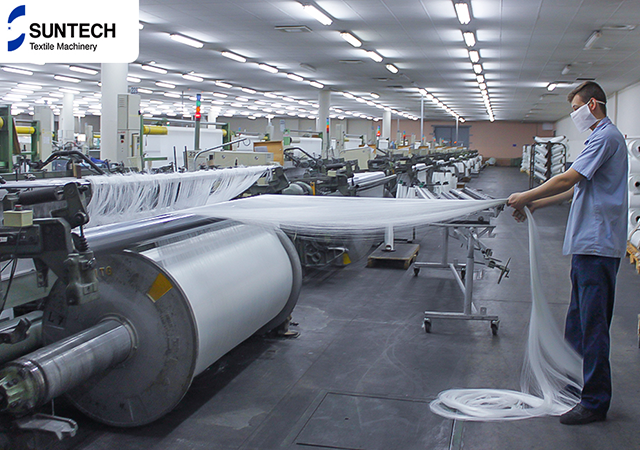In today's competitive market landscape, textile manufacturers are increasingly turning to automation to streamline production processes, boost efficiency, and reduce labor costs. Automatic textile machines represent a significant advancement in the industry, offering numerous benefits from increased production speeds to enhanced precision. However, the primary allure for many businesses in this sector remains the potential for significant reductions in labor costs. Here’s how automatic textile machines can help achieve that goal.
1. Increasing Production Efficiency
Automatic textile machines are designed to operate at a constant rate, unaffected by human fatigue or variability. This leads to a marked increase in production efficiency. Machines such as automatic looms, knitting machines, and embroidery units can produce goods at a consistent quality and at speeds unmatchable by human hands. This high efficiency not only means faster production times but also a reduction in the number of machines and operators needed to achieve the same output as a manually-intensive setup.
2. Reducing Human Error
Human error can be costly in the textile industry, leading to waste of materials, rework, and unsellable products. Automatic machines minimize these errors by maintaining precise control over production processes. Advanced sensors and control systems ensure that the dimensions, patterns, and quality are consistent, reducing the incidence of defects and the waste of materials. This reduction in error rate not only saves on raw materials but also minimizes the need for quality control and subsequent repairs that would otherwise require additional labor.
3. Scaling Down on Labor Intensive Tasks
The most direct impact of automatic textile machines on labor costs comes from their ability to perform tasks that would typically require multiple workers. For instance, an automatic cutting machine can quickly handle fabrics with precision, a task that would potentially need several employees if done manually. Similarly, automated sewing and finishing machines can operate continuously without breaks, eliminating the need for shifts of workers to maintain a 24/7 production cycle.

4. Training and Labor Skill Requirements
Although automatic textile machines reduce the number of low-skill positions, they shift the skill requirements within the workforce. Operators of these machines often require more specialized training. However, the total number of such skilled workers needed is generally fewer than the manual laborers they replace. This transition not only cuts down on the quantity of labor but can also lead to a more engaged and technically skilled workforce, potentially increasing overall workplace productivity.
5. Long-term Cost Savings
The initial investment in automatic textile machinery can be substantial, but the long-term savings are often justifiable. Reduced labor costs, less waste, higher consistency in quality, and faster production rates contribute to a lower cost per unit of production. Over time, these savings can offset the initial capital expenditure, leading to improved profitability and competitive pricing in the market.
6. Enhanced Flexibility and Adaptability
Modern automatic textile machines are equipped with software that can be updated and programmed to produce different designs and respond to changing fashion trends quickly. This adaptability allows manufacturers to respond swiftly to market demands without the need for extensive retraining of workers or hiring new teams, further reducing labor costs associated with adapting production lines.
SUNTECH Textile Machinery is a pioneer in the ongoing technological revolution within the textile industry, actively injecting innovation and catalyzing its metamorphosis. With over 50 years of unwavering commitment to research, development, and technological progress, SUNTECH has cultivated a diverse range of products covering virtually all fabric types. This comprehensive lineup includes fabric cutting machines, fabric inspection machines, automatic packaging machines, motorized warp beam lift trolleys, and beam storage solutions. As technology continues to evolve, we will likely see even greater integration of automation, further refining production processes and reducing costs in the textile industry.




